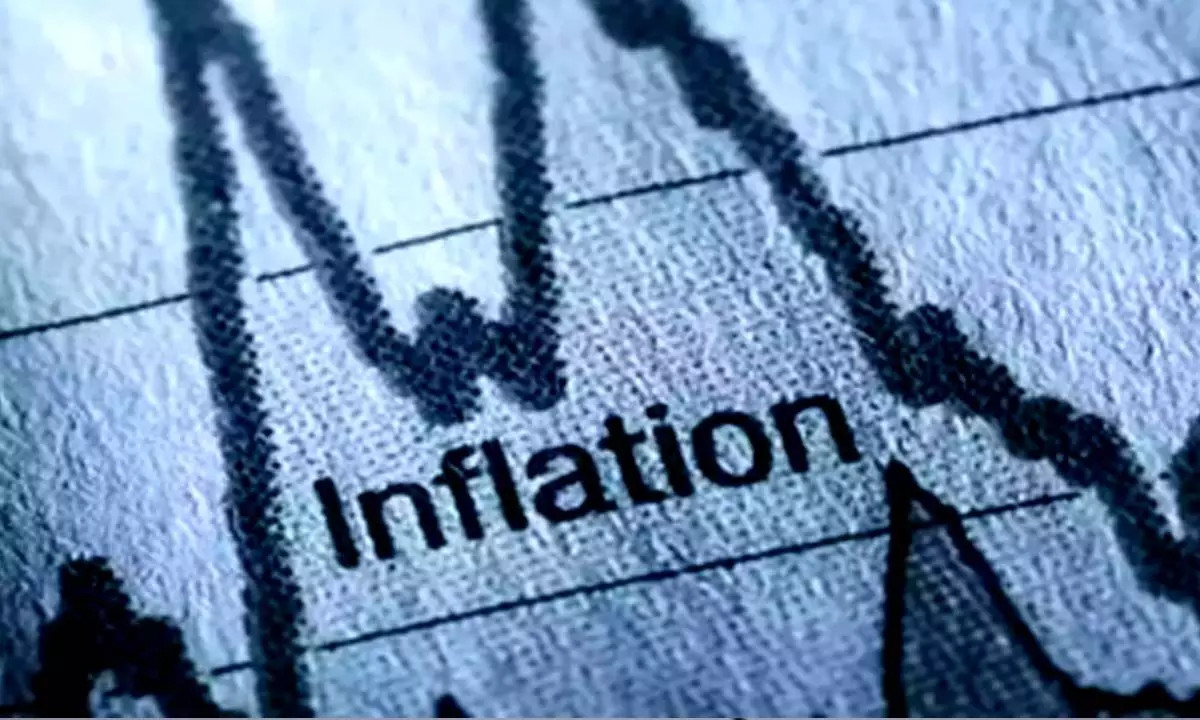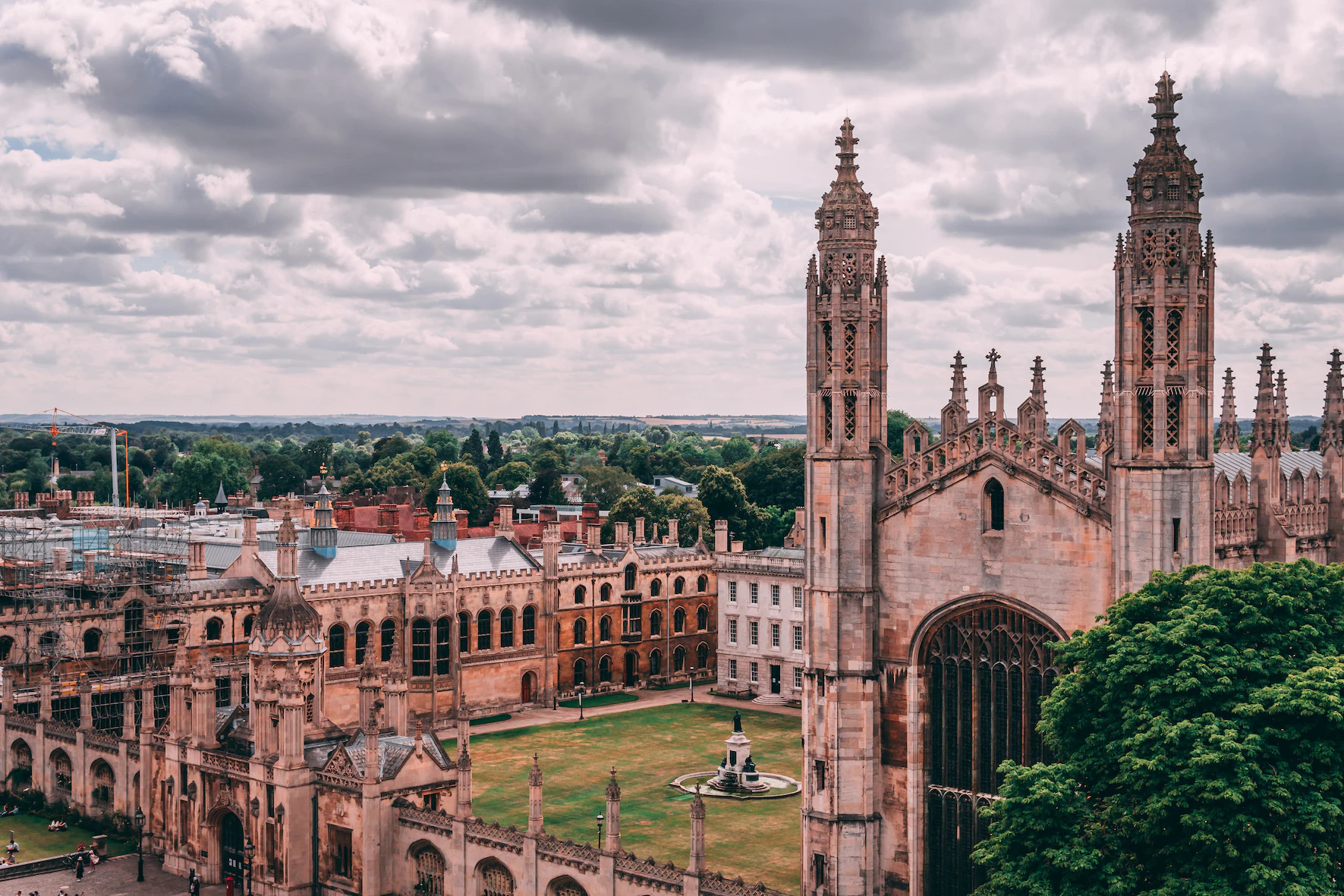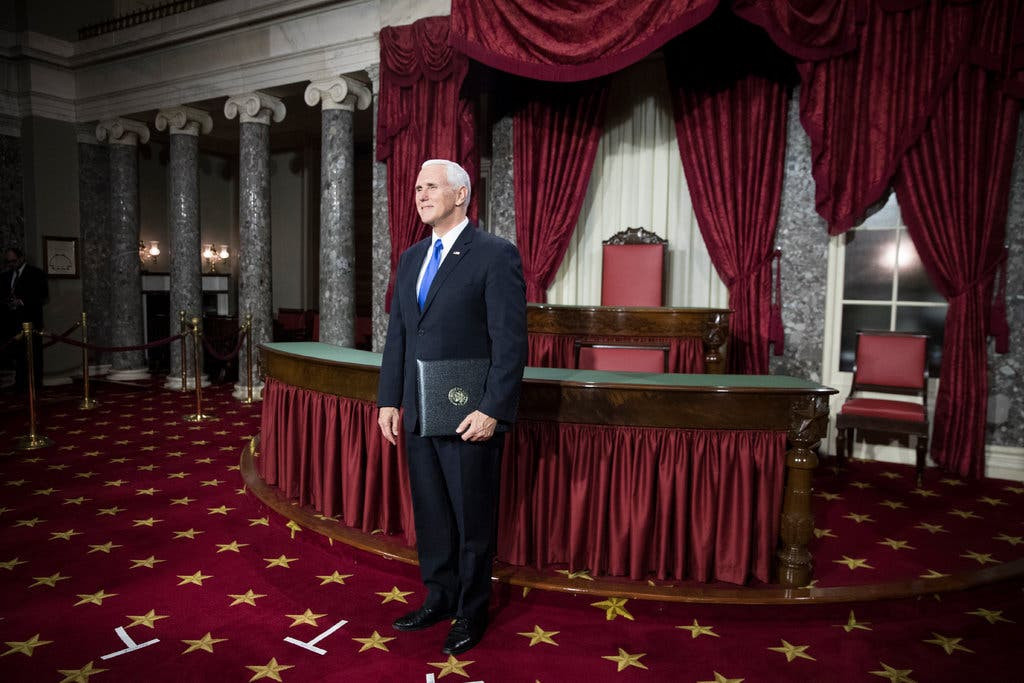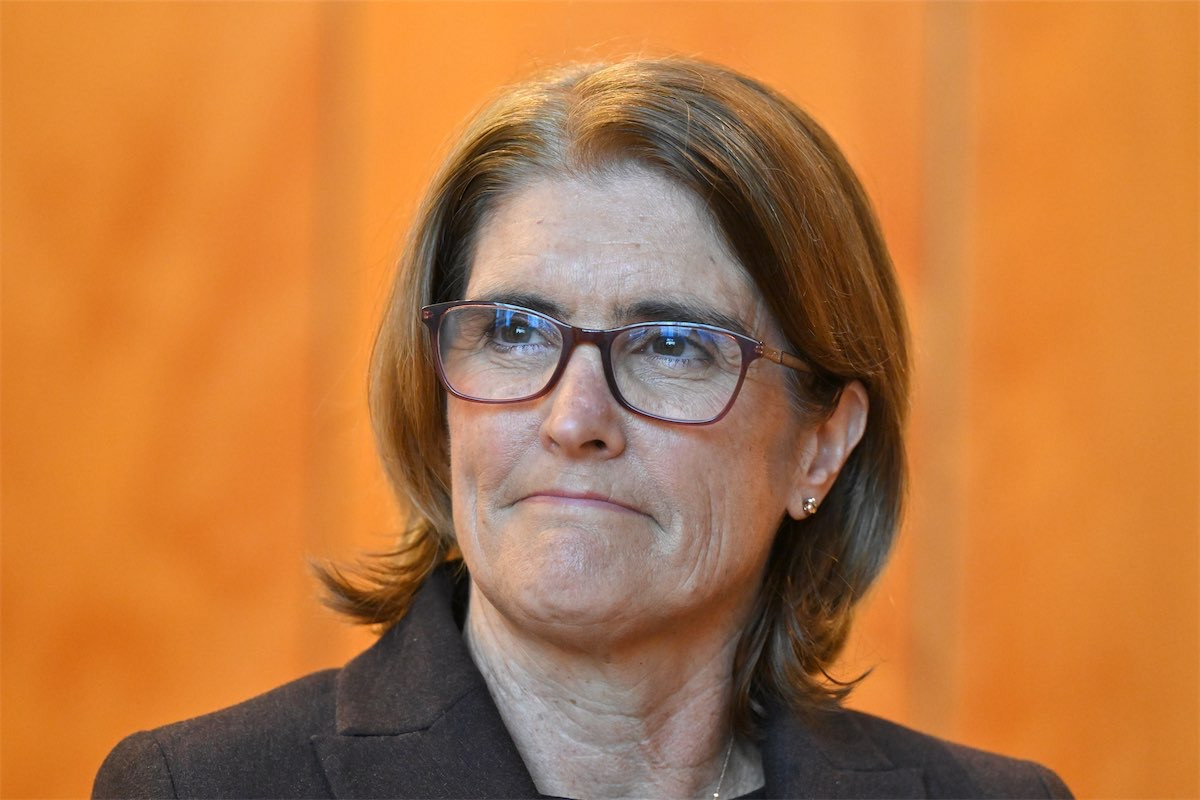Australia’s Inflation Dives, But Rate Cuts Remain Unlikely
A closely watched measure of Australian inflation dived in the month of August, plunging from 3.5 per cent in July to just 2.7 per cent. This marks the slowest increase since August 2021, a significant development for the Australian economy.
The dip below 3 per cent puts the monthly measure of annual inflation back within the Reserve Bank’s target band of 2-3 per cent for the first time since August 2021. This accomplishment comes as a welcome relief for Australian households grappling with rising costs of living.
The Australian Bureau of Statistics attributed the decline to a combination of factors, including government cost-of-living relief measures, cheaper petrol prices, and a record fall in household electricity prices. The government’s electricity rebates played a significant role in reducing inflation, taking 6.4 per cent off the average national power price in July and a further 14.6 per cent off in August. These rebates, applied automatically to electricity bills over the next four quarters, saw household electricity prices fall by 17.9 per cent over the year to August, the largest annual fall on record.
Underlying Inflation: A Closer Look
While the headline inflation rate has fallen significantly, Reserve Bank Governor Michele Bullock emphasized her focus on the “underlying” rate of inflation, which strips out temporary measures like subsidies. The Reserve Bank’s preferred measure of underlying inflation, the so-called trimmed mean, also fell in August, to 3.4 per cent, down from 3.8 per cent in July. This indicates that underlying price pressures are easing, though not as dramatically as the headline rate.
Despite the encouraging trend, the Reserve Bank is unlikely to cut interest rates anytime soon. The central bank wants to see a more sustained drop in inflation, particularly in the underlying measure, before considering any rate cuts. Governor Bullock has stated that the board needs to be confident that inflation is moving sustainably towards the 2-3 per cent target before making any decisions about reducing interest rates.
Government Response and Market Reactions
The Australian government welcomed the inflation figures, with Treasurer Jim Chalmers describing them as “very welcome, very encouraging and very heartening numbers.” He highlighted the role of government policies in moderating inflation, particularly in areas like rent assistance and energy rebates. However, the shadow treasurer, Angus Taylor, criticized the government, arguing that prices had “risen by now 10% since Labor came to power” and that “our core inflation is higher than every other advanced country, peer country, in the world other than the UK and that is not one I would be wanting to compare myself with just now.”
The market responded cautiously to the inflation data. The Australian dollar hovered near 18-month highs at just below 69 US cents, while stocks remained largely unchanged. Investors are keenly watching the trajectory of inflation and the Reserve Bank’s stance on interest rates. While the inflation figures are positive, the market expects further evidence of a sustained decline before any rate cuts are implemented.
The Future of Interest Rates
Economists have differing opinions on the timing of the first interest rate cut. National Australia Bank senior economist Tapas Strickland believes the first cut will happen in May, while economists at ANZ and Westpac predict a cut in February. The consensus seems to be that the Reserve Bank is unlikely to cut rates before the end of the year, as underlying inflation remains above the target band. The central bank will continue to monitor inflation closely and weigh the potential impact of various factors, including the tax cuts that started in July, before making any decisions on interest rates. The Reserve Bank’s commitment to achieving and maintaining its inflation target will continue to shape monetary policy decisions in the months ahead.
A More Sustainable Future for Australia
The recent fall in inflation provides a glimmer of hope for Australian households struggling with the cost of living. It is a testament to the combined efforts of government policies and the resilience of the Australian economy. However, the journey towards sustainable and stable inflation is not over yet. The Reserve Bank’s commitment to achieving its inflation target, coupled with the government’s focus on cost-of-living relief, are crucial factors in ensuring a brighter economic future for Australians.
The recent drop in inflation offers a positive sign for the Australian economy, but the Reserve Bank’s cautious approach to interest rate cuts suggests that more progress needs to be made before any significant easing of monetary policy. It remains crucial for the government and the central bank to work collaboratively to maintain economic stability and ensure a sustainable future for Australians.


















